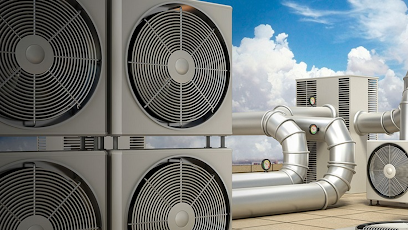SolidWorks is a trusted CAD software for producing detailed sheet metal design drawings. With a variety of features and functionalities, SolidWorks drawing handles the issues of personalisation, cuts down on engineering design time, improves quality, and aids in design standard compliance.
The accuracy of the design briefing provided by the CAD shop determines how efficiently sheet metal production projects run. Design briefs become more specific and granular as goods become more personalised. Thus, before being given to the machine shop, the final designs undergo a number of iterative steps.
When it comes to addressing this level of design complexity and detail, 2D drafting is both time-consuming and inadequate. In this context, 3D CAD platforms are essential.
For small- and medium-sized sheet metal fabricators, 3D design drafting offers an advantage thanks to its speed, adaptability, and precision. SolidWorks' parametric capabilities and sheet metal modeling in SolidWorks shorten iterations and speed up design development. They take into account shop floor procedures as well in order to improve design drafting smoothly.
How SolidWorks is transforming the drafting and design of sheet metal
Let’s look at the benefits of using SolidWorks specifically for sheet metal design and drafting:
- Flexibility
The ability to create the item as a 3D model and then transform it into sheet metal to satisfy Design for Manufacturing (DFM) criteria is provided by SolidWorks. If the component is straightforward and its aspects are properly thought out, the designer can also begin using sheet metal right away.
- Intuitive design
You have the design freedom to create sheet metal parts and precise virtual prototypes with SolidWorks 3D intuitive sheet metal design. Designing for sheet metal requires careful planning on the part of designers.
- User friendly sheet metal modeling features of SolidWorks
To guarantee unambiguous design intent communication, a single 3D model should incorporate all necessary design characteristics for sheet metal goods. A common sheet metal part model, for instance, can have more than 20 characteristics. This demonstrates the requirement for an effective CAD platform with tailored sheet metal design drafting features, such as SolidWorks.
- Ease in design drafting and modelling
SolidWorks' user-friendly application interface enables the design engineer to gradually finish the model with the necessary level of design detailing.
- Efficient engineering documentation
Along with fundamental 3D sheet metal modelling, the designer must complete a number of technical duties when developing sheet metal components. Creation of detailed manufacturing drawings from 3D Sheet metal parts and assemblies. Estimation of manufacturing costs in real-time while designing
- Scalable software architecture
SolidWorks' 3D CAD software is a scalable and adaptable overall software architecture that includes several scripts, macros, and plug-ins that may be customised. Through APIs, it also enables the integration of external applications for manufacturing and sales. Because of its user interface's relative simplicity, it requires less maintenance and training.
Conclusion
You may design and produce precise, detailed drawings using SolidWorks. For the majority of designers and manufacturers worldwide, it continues to be one of the most frequently used and reliable CAD tools. Sheet metal fabricators may take full advantage of the sophisticated capabilities given by the tool and maintain cost effectiveness by working together with skilled CAD drafters.
With the built-in intelligence of DFM rules, SolidWorks assists in producing deliverables for sheet metal detailing that are both strong and beautiful. Additionally, firms can enhance the design and manufacturing value chain by using cutting-edge applications like MBD and SolidWorks product configuration, as well as extend the advantages to other areas like sales and marketing.










